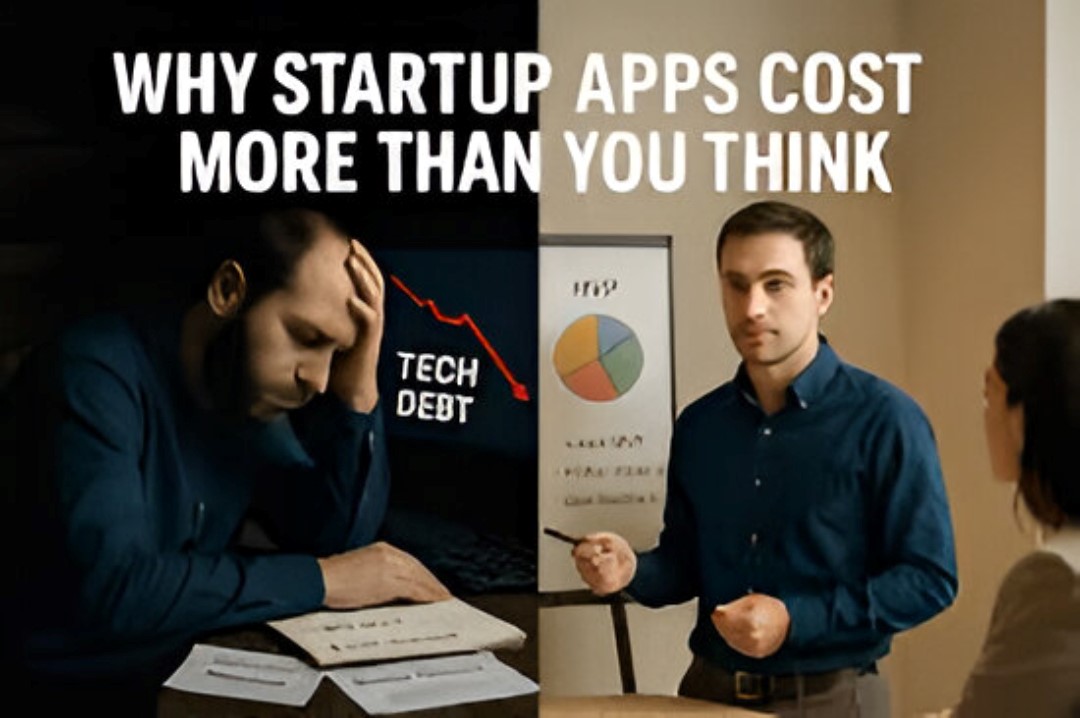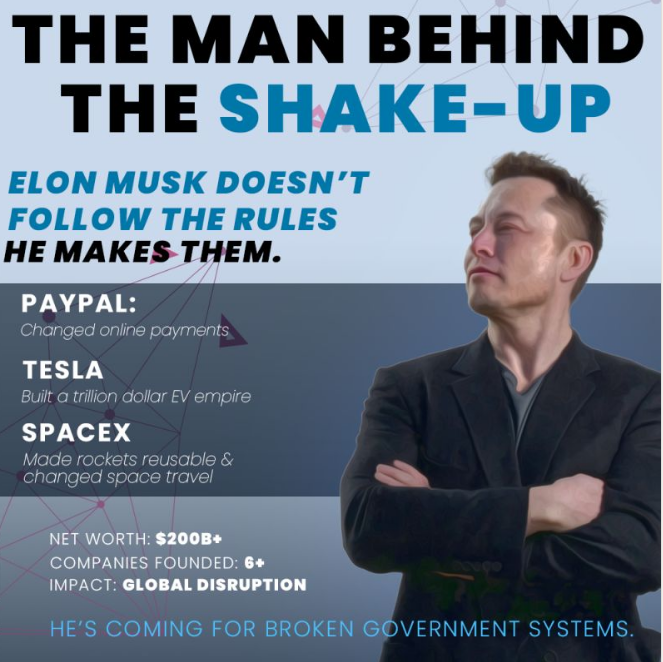Blog
The $30,000 Mistake That Kills 90% of Startups (And How to Avoid It)


Abrash
Entrepreneurship
April 6, 2025
You've got THE idea.
The one that keeps you up at night. The one that makes you daydream during boring meetings. The one that could change everything.
So what do you do?
If you're like most people, you start hunting for developers. You get quotes. You gulp at the numbers: $30K, $50K, maybe more.
Stop. Right. There.
You're about to make the same mistake that killed my client's startup—and thousands of others.
The 7-Month Money Pit
Fresh out of university, bright-eyed and ready to change the world, I landed my first developer job.
My first project? Building an app for a client who had a "revolutionary" idea.
7 months of development.
2 months of testing.
Launch day: Complete disaster.
The app flopped harder than a fish out of water. Users hated it. The market didn't care. The client? Financially devastated.
I watched $30,000+ disappear into the digital graveyard of "seemed like a good idea at the time."
The Real Startup Killer
Here's what nobody tells you about startup failure:
It's not about bad code. It's about building the wrong thing.
That beautiful, perfectly coded app means nothing if users don't want it. And here's the kicker—you won't know if they want it until it's too late.
Traditional development process:
- Spend months building
- Spend thousands on perfect code
- Launch and pray
- Discover people don't want it
- Go broke
There's a better way.
The No-Code Revolution (And Why It's Perfect for Testing Ideas)
Let me introduce you to your new best friend: No-code platforms.
"But wait," you're thinking, "isn't no-code... amateur?"
Absolutely not.
Here's what blew my mind about platforms like Bubble:
Real Power, Real Fast
- Connect with OpenAI → Add AI features in minutes
- Integrate Stripe → Accept payments instantly
- Hook up Zapier → Automate everything
- Link MySQL → Handle complex data like a pro
Complex Stuff Made Simple
- Build progressive web apps (no extra dev time)
- Create sophisticated automations (no PhD in computer science required)
- Launch in weeks, not months
The Numbers Don't Lie
- Traditional development: $30K-$50K, 6-12 months
- No-code MVP: $3K-$8K, 2-8 weeks
Real Talk: Why I'm Sharing This
Before you think this is some sponsored post—it's not.
Bubble doesn't pay me. Neither does any other no-code platform.
I'm sharing this because I've seen too many brilliant people burn through their life savings building perfect solutions to problems that don't exist.
I don't want you to be one of them.
The Smart Founder's Playbook
Here's how successful entrepreneurs actually do it:
Phase 1: Test with No-Code (Weeks 1-4)
- Build a basic version of your idea
- Focus on core functionality only
- Launch to a small group of users
- Cost: $3K-$8K
Phase 2: Learn and Iterate (Weeks 5-12)
- Watch how people actually use it
- Collect feedback (prepare for surprises)
- Make quick changes and improvements
- Cost: $1K-$3K in modifications
Phase 3: Scale or Pivot (Month 4+)
- If it works → Invest in custom development
- If it doesn't → Pivot without going broke
- Cost: Smart money, not desperate money
The Million-Dollar Question
Let me ask you something:
Would you rather:
Option A: Spend $30,000 and 7 months building something perfect that nobody wants?
Option B: Spend $5,000 and 1 month building something good enough to prove people want it, then scale?
If you picked Option A, entrepreneurship might not be for you.
If you picked Option B, welcome to the smart founder's club.
Your Reality Check Moment
I know what you're thinking: "But what if my no-code version isn't as good as the 'real' app?"
Here's the truth: Your users don't care how you built it. They care if it solves their problem.
Instagram started as a simple photo-sharing app built in 8 weeks. Twitter began as a side project. Airbnb launched with a basic website.
None of them were "perfect." All of them solved real problems.
This Week's Action Plan
Monday: Research no-code platforms for your idea (Bubble, Webflow, Airtable)
Tuesday-Wednesday: Map out your core features (not all features, just core ones)
Thursday-Friday: Start building your MVP
Weekend: Show it to 5 potential users and get feedback
Total investment: Your time + maybe $100 in tools
The Bottom Line
The startup graveyard is full of perfect apps that nobody wanted.
Don't add yours to the pile.
Test first. Build later. Stay in business.
Your bank account will thank you. Your stress levels will thank you. And when you do hit it big, you'll have money left to scale properly.
The best startup advice I can give you?
Fall in love with the problem, not your solution. Test cheap, learn fast, and build what people actually want.
What's stopping you from testing your idea with no-code? Drop a comment below—I'd love to help you take that first step.






